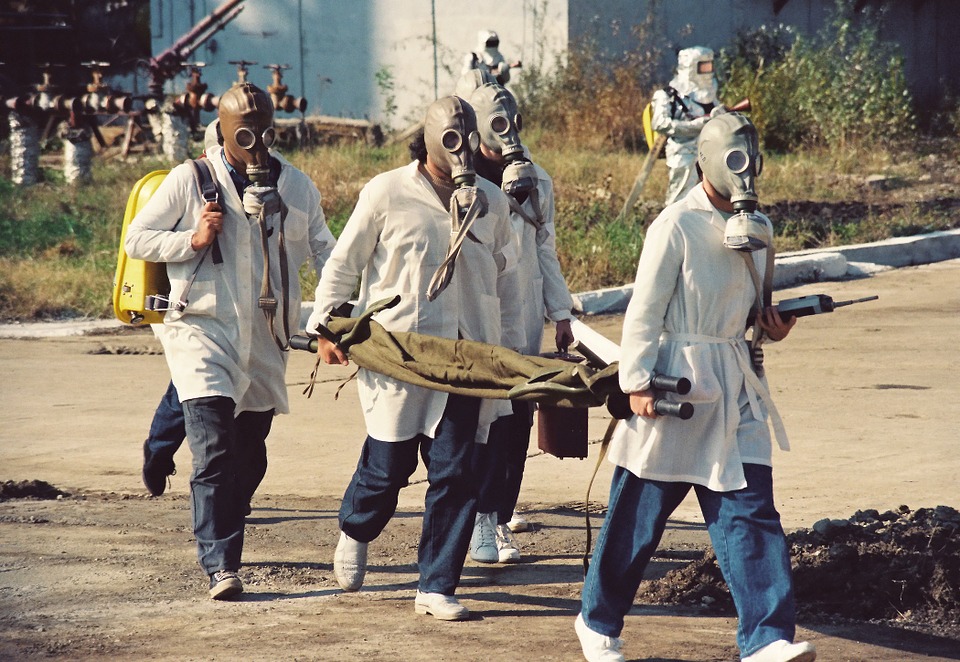Fukushima: The Remaining Risks
11/30/2016 / By fukushima

The earthquakes and subsequent tsunami which inundated the Daiichi nuclear facility on March 11, 2011 have been well-documented. We all know that the design and location of the plant made it extremely vulnerable to the multiple reactor meltdowns that occurred. We are also well aware of policy failures that led to evacuation in to the path of radiation for some as well as the lies told to the public about the depth of the crisis and the reality of the meltdown. (1) The result was the destruction of the bond of trust between the Japanese government and the people of Japan.
Article by David Wagner
As in many places around the world, entrenched special interests have taken precedence over the will of the people. What became crystal clear to me from the Fukushima experience was how easy it was for unelected officials (bureaucrats), who are beholden to no one, to make decisions affecting the people of Japan with no consequence to their seats of power. Even in the private sector, few have been punished for their negligence. Making matters worse, the Tokyo Electric Power Company – the epicenter of the entire calamity – continues to run the facility as costs to clean the containment buildings skyrocket. The “ice wall” – that $320 million dollar effort to stop water from reaching the ocean – has yet to work as promised. (2)
There are any number of remaining risks at Fukushima which deserve continuing attention and action by the decision-makers of Japan. In my mind, there is no greater risk to Japan at present than the hundreds of tanks containing highly radioactive waste water sitting on the plant site a few meters from the ocean – the same site where only 6 years ago waves reaching 40 meters smashed up along the coast. (3) Let us also not forget the many thousands of bags holding contaminated soil also near the site. Imagine what could happen if another catastrophic earthquake produced tsunami of similar height now. The potential for these storage tanks to rupture or completely collapse is immense. And what would happen to all the highly contaminated water and sacks of soil? They would firstly be drawn inland by the power of the incoming waves only to be pulled back in to the ocean as the waves subsided.
To this day, there has not been a clearly agreed-upon solution to deal with this disaster- waiting-to-happen. No ocean wall has been built to protect the massive site. So the tanks and bags just sit there.
(1) http://www.nytimes.com/2011/04/27/world/asia/27collusion.html
(2) http://www.nytimes.com/2016/08/30/science/fukushima-daiichi-nuclear-plant-cleanup-ice-wall.html?_r=0
(3) http://nautil.us/blog/no-one-knows-what-to-do-with-fukushimas-endless-tanks-of-radioactive-water
Submit a correction >>
Tagged Under:
Daiichi Nuclear Plant, Earthquakes, Fukushima, Ice Wall, tsunami
This article may contain statements that reflect the opinion of the author
RECENT NEWS & ARTICLES
COPYRIGHT © 2017 FUKUSHIMAWATCH.COM
All content posted on this site is protected under Free Speech. FukushimaWatch.com is not responsible for content written by contributing authors. The information on this site is provided for educational and entertainment purposes only. It is not intended as a substitute for professional advice of any kind. FukushimaWatch.com assumes no responsibility for the use or misuse of this material. All trademarks, registered trademarks and service marks mentioned on this site are the property of their respective owners.




















